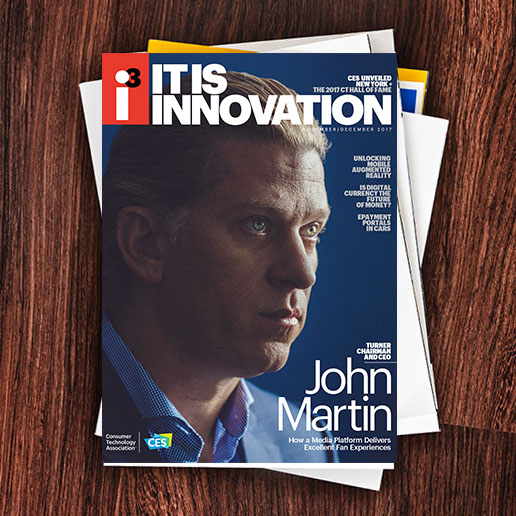“The VR and AR headsets coming to market are going to merge with the this fall,” he says. He points to the growing use of both AR and VR in business/enterprise applications, such as the work being done by San Francisco-based Osterhout Design Group, which recently unveiled wearable goggles for hazardous material workers. The smart glasses are a ruggedized version of ODG’s existing devices, intended to offer AR support for workers in industries such as pharmaceutical testing, aerospace transportation and mining. The headsets also offer augmented reality and 3D experiences for gaming and other consumer applications, as the company showed at its CES 2017 demonstration.
ODG worked with China Mobile to deploy its AR smart glasses among the company’s 800 million users and encouraged companies to run marketing campaigns using AR experiences. For example, Yum! Brands has used AR apps for a smartphone game involving 300 KFC outlets in Beijing, according to Michael Park, CEO/founder of PostAR. The game incentivized consumers with the offer of winning discounts on meals, he says, noting that the game was played 400,000 times in its first three days.
Still, the focus hasn’t dimmed enthusiasm for emerging VR technology. A slew of premium VR game titles are in the pipeline, including first time VR entries for two of Bethesda Game Studios’ popular series: Doom VFR and The Elder Scrolls V: Skyrim VR. Lone Echo (a sci-fi, zero-gravity adventure), RadianVR (“puzzles with a twist”) and Metaworld (a massively scaled “open world social VR experience”) also are generating attention.
The migration from AR to MR to VR is being smoothed by the growing use of 360-degree videos. Many offer immersive viewer-controlled experiences, if not full alternative reality features. From slick music videos to quick home video clips, the 360-degree productions on Facebook, YouTube and other popular platforms presage the next wave of immersive, user-controlled experiences.
This year’s Emmy Awards helped add credibility and awareness to immersive programming. For example, the 360-degree video, The People’s House: Inside the White House with Barack and Michelle Obama won the Outstanding Original Interactive Program award. It was created by Felix & Paul Studios and Oculus Studios.
Developers are also designing off-shoots of the core technologies, such as “Augmented Virtuality” in which real world objects are merged into virtual worlds, and a “Virtual Continuum” where virtual spaces are populated with physical objects and real people. There’s a big future for alternative realities — today’s AR/VR/MR tidal wave — or title wave — shows no signs of ebbing.

i3, the flagship magazine from the Consumer Technology Association (CTA)®, focuses on innovation in technology, policy and business as well as the entrepreneurs, industry leaders and startups that grow the consumer technology industry. Subscriptions to i3 are available free to qualified participants in the consumer electronics industry.